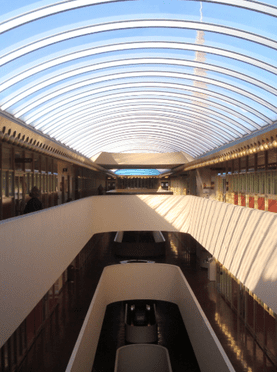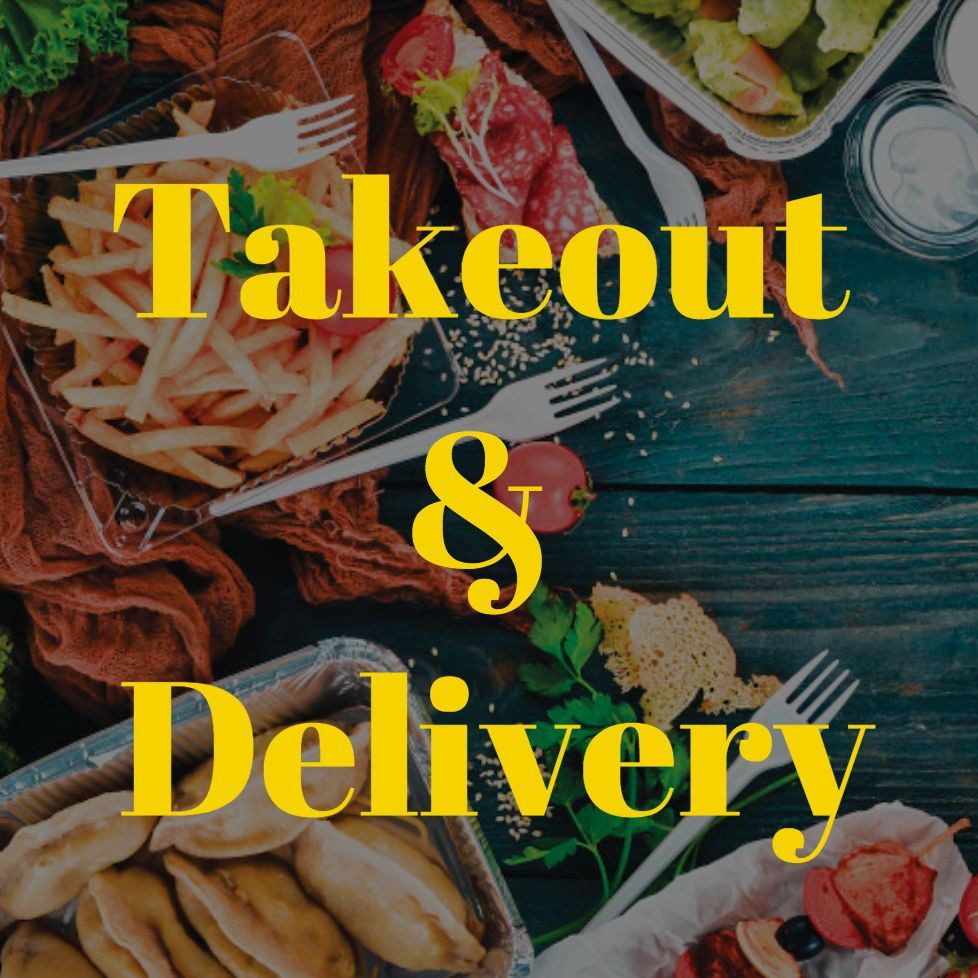On one hand, the arrival of the first batch of vaccines, reserved for health-care workers, first responders and long-term care facility residents, “is a really historic day” that “signals the beginning of the end of the epidemic,” Eberhard said.
Marin Public Health Officer Dr. Matt Willis also revealed that Marin’s coronavirus case counts are “the lowest raw case rates in the state.” But in a state that is on fire with COVID-19 cases spiking just about everywhere in California, he cautioned that “I don’t share this to offer false security, but to articulate we have done a good job controlling it.”
On the other hand, however, the Bay Area’s official drop to 12.9% of available ICU capacity – below the 15% trigger established by the state – officially kicked in the state’s stay-at-home order that Bay Area health officials had adopted preemptively on Dec. 8.
“I have never seen anything quite like we are confronting now,” Eberhard told the Marin County Board of Supervisors this week about the news that Marin is on target to eclipse its previous high of hospitalizations in July, when the summer surge coincided with an outbreak at San Quentin State Prison and inmates were being treated in Marin’s hospitals. “I find the possibility of an overflowing ICU scary. We are not the first line. We are the last line. By the time people get to us, it is pretty late in the game.”
At the soonest, the lockdown could be lifted after three weeks, like between Jan. 6-9, depending on the Bay Area’s remaining ICU capacity. At that point, each county’s designation within the state’s four-tier system for reopening – Marin, like just about the entire rest of the state, is in the most restrictive purple tier – would kick in.
“Just a month ago, we wanted to stay in orange tier,” Willis noted. “Our case rates are four times higher than they were one month ago.”
Willis made it clear that the ICU crisis was not just about available beds, but the ability to find enough staff for those beds. “The question is how many beds can you actually staff – right now, that’s a smaller number than the number of beds,” he said. “This is unprecedented. The historical systems where you shift staff around, working with hiring agencies and find traveling doctors and nurses, are not working right now. All of those resources are tapped out.”
“Ultimately, the solution is to reduce the number of people rolling in with infections that require critical care,” he added.
It goes without saying that with the stay-at-home order running through at least Jan. 6, and with Marin likely emerging from the order within the purple tier that maintains prohibitions and restrictions on most of the major business sectors in Marin, the need for Mill Valley residents to support your community and #ShopMV, #EatMV and #BeMV is greater than ever before.
Luckily, we’ve got you covered:





